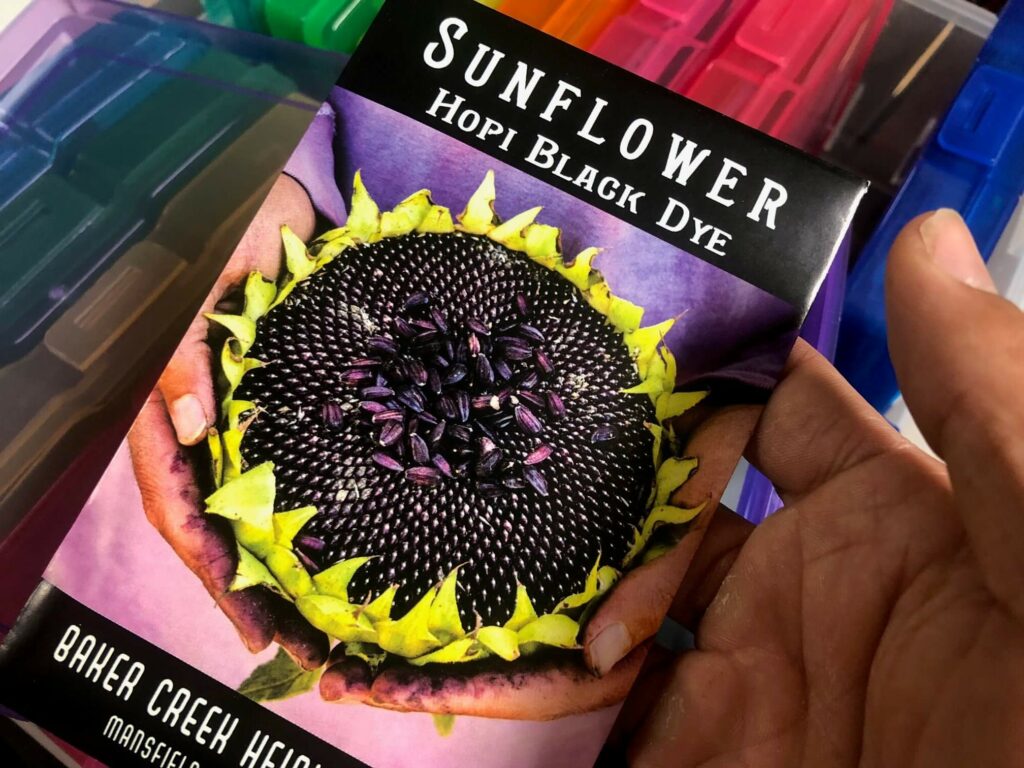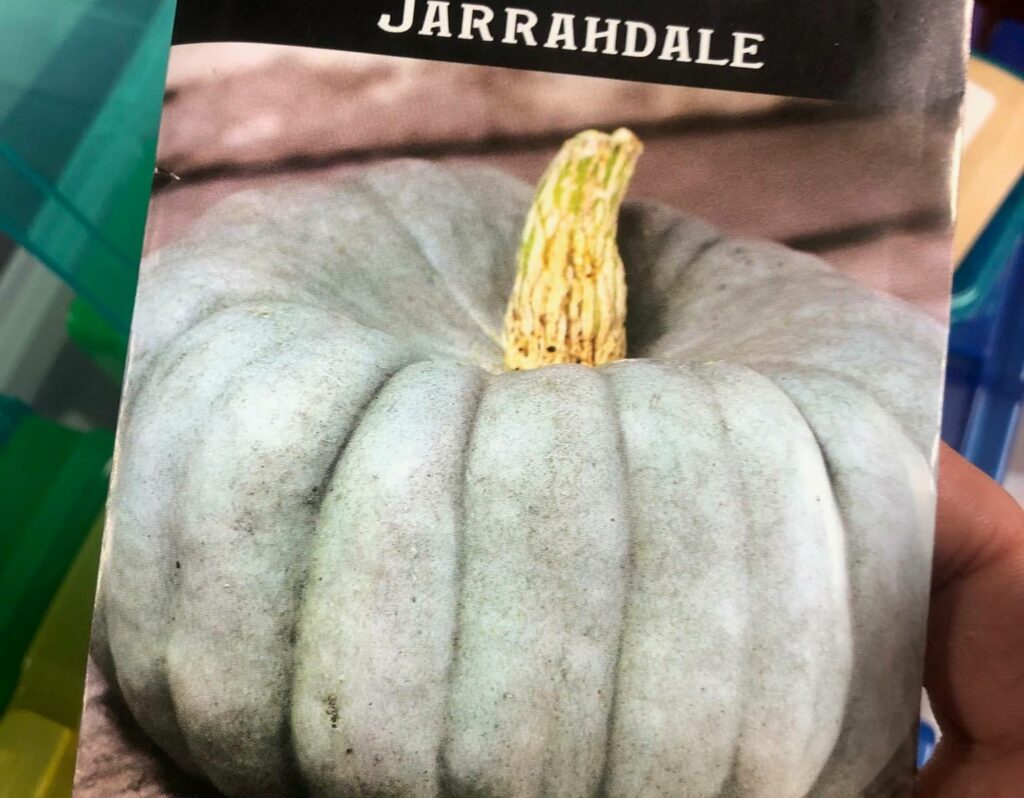Introduction
It may not come across as shocking when I express that I am obsessed with gardening given the other posts I have written. It is one of, if not the most reoccurring topic I have on my website. I often wonder if my subconscious mind has already mentally devoted this website to be mostly a gardening blog despite the given name. To continue the trend, I wanted to speak about some of the new varieties I am adding to my seed collection this year. I tend to always want to try out a new variety and obtain a more diverse skillset in the garden in regards to experience and also have a greater diversity of food offered to me than the typical varieties offered at the store as seedlings.
It seems that my biggest obstacle I have each year is not figuring out what to grow, but finding the space to fit all the things I want to grow. Last summer I often had people see my garden and say things like, “wow, you have a big garden” or things of that nature. I personally feel like my garden isn’t that big. Maybe I have garden dysmorphia or am more envious of the homesteading accounts I follow for gardening tips and inspiration. This growing season I decided to push myself to grow more staple crops such as flint/dent corn, dry beans, winter squash/pumpkins, and food to be used for either seasoning or preserving.
In order to increase the likelihood of growing an abundance of food I decided to pay a small fee for a local public garden plot. The plot is about 600 square feet (24×25 ft.) and should offer a generous expansion to my garden plan and overall yield. I also am excited to do more experimenting with the fabric pots that I purchased last year. I think that root crops would do great in larger pots and give me even more opportunity to grow things such as potatoes or Jerusalem artichokes.
I hope to get a good taste for most of the varieties I bought this year and am optimistic that the weather and pests give me a break this year so that I may enjoy the new addition. I am hopeful to try the 5 new varieties that I am growing this year and am longing for some of the reoccurring flavors that I often grow each summer. Nevertheless I will continue with the scheduled program and introduce you to said varieties and why I chose to grow them. I hope you find something that you would like to grow in the future or cultivate a degree of inspiration/motivation for the approaching growing season.
1. Hickory King White Corn
As many of you know, last year I tried out the three sisters growing method. The three sisters method is a means of interplanting 3-4 different types of plants which are intended to coexist and aid in the survival of each other. The plants involved in the method are corn, beans, and squash. Some argue that there is a fourth sister, which is some type of flower or pollinator such as sunflowers or even Jerusalem artichokes. If you are interested in learning more, click on the hyperlink above as it will redirect you to my previous blog post about the topic.
Last year I tried out Hopi blue corn for the corn portion of the method, I enjoyed watching the corn grow and sway in the wind. I learned a lot about growing corn and the pests that they succumb to. This year I plan to grow a new variety at the gardening plot rather than the Hopi corn because the chance of cross pollination is high. The Hopi seed corn was too expensive to buy at the needed quantity just to not be able to save any of the seed. I decided to go for a cheaper variety known as the hickory king white corn. The seed for this variety was about a third of the cost of the Hopi. As the name implies, the corn is a white dent corn. The variety takes about 115 days to mature and is known to grow up to 12-13 feet in height.
The cobs are known to produce tight kernels with cobs that can grow to be roughly 9-10 inches long. The variety can be roasted during the milk stage and ground into cornmeal for grits, tortillas, or polenta when dried. This variety is from the 1880s, introduced by A.O. Lee of Hickory Virginia. This corn is supposedly drought tolerant and has a tight husk, which is meant to help keep out the infamous corn ear worm. I am excited to grow this variety and see how it tastes in comparison to some of the other varieties I have in my possession. I have heard that this plant also produces about a pound of kernels per plant, which is very appealing to me given the cost of seed and my intentions with this variety.
A video from PawPaw Mountain showing off the vareiety
2. Scarlet Runner Beans
I plan on using the tall, strong corn stalk provided by the previously mentioned hickory king white corn to grow another aggressive grower known commonly as scarlet runner beans. Scarlet runner beans originate from Mexico and Central America. They have bright red flowers similar in appearance to that of red begonias in my opinion. Their bright red flowers are known to attract hummingbirds and various other pollinators. The beans themselves vary in colors from pink, to black, to a mix of both.
Scarlet runners will take over 10ft trellises with their growth and are said to be relatively heat/drought tolerant, though I am not sure if this statement is true in my area. Many people often plant these beans for their ornamental appearance in regards to their foliage, flowers, and bean pods. Let it be known that beyond their appearance like delicious, fresh bean pods and/or a rich dry bean which can be cooked down like any other dry bean you might have in the pantry. After trying other types of heirloom varieties of beans (as shown in my previous YouTube videos) I now wish to grow them as I am not willing to pay the steep prices for something I can grow myself.
3. Hopi Black Dye Sunflower

My seed packet from Baker Creek Heirloom Seeds
To continue on this trend of listing off three sister plants, I also wanted to speak of one of the sunflowers I am growing. To continue on my trend of trying to only grow “heirloom varieties” I have decided to grow the Hopi variety of sunflower. As the name hints, this sunflower is known for its ability to create dyes for fabrics, cotton and other fibrous materials. Beyond the aesthetical use, the seeds are still a food source for both humans and wildlife. The flower(s) will also attract a number of pollinators as one may assume, but having a sunflower around your corn could help protect your corn from birds and other pests as they will use the seeds as a food source rather than your corn.
This is why some consider the sunflower to be the fourth sister, though there are some other reasons which I won’t linger too long on in this article. This variety gets up to 8ft tall and is admired for its overall functionality and beauty.
4. Clemson Spineless Okra
Stepping away from the previous bunch, this okra variety was kind of a wild card for me. My family never really grew up eating okra when I was a kid. I have had it in various dishes throughout the years (usually at a restaurant), but never really felt like it stood out in the dish. While working at a seasonal plant shop last summer I talked with a kind woman about growing okra. In this conversation she emphasized that one plant produces a lot of okra and that the taste of fresh okra was worth the effort. I decided to take a chance this year and try out a popular variety.
I would love to be able to try okra in various ways/dishes besides being fried. I am taking the risk by growing this in my garden instead of a variety that I know I already like, but as with many things I like to push myself to try new things and take new risks. I already know that I don’t hate okra, but would love to be able to add it to a gumbo recipe, grill it, or fry it if requested. This variety was created in 1939 and has stayed around since. I assume for good reason.
5. Jarrahdale Pumpkin
Sometimes I pick a variety to grow based on appearance rather than recommendation/referral. We all know the common line of “we eat with our eyes first” but I often like to eat some of the more unique dishes than that offered at the market where perfection (even if manmade) is the norm. I like to assume that this bias towards outlandish appearances/visuals explains my taste in women, but that is still up for debate. Getting back to the pumpkin, this pumpkin is a winter pumpkin/squash. When cured and stored properly it can supposedly be good for over 12 months. If you have never seen this pumpkin it has that common flat pumpkin shape that everyone loves, but is a shade of blue/gray that reminds me of what Frankenstein’s skin would probably look like if he were real.
The insides of these pumpkins are bright orange and meaty. This variety can grow to be range from a couple of pounds up to 10+ pounds. This pumpkin can be used in pies, stews, or even roasted, though I have heard that it isn’t all that great roasted online due to the wetness of the flesh. I still would like to try it even if it is the case. This variety is popular in Australia and named after a town in the Western region of the country.

My seed packet from Baker Creek Heirloom Seeds
Conclusion
I think it is safe to assume that I am a seed addict. I love to have seeds that produce food and preserve genetic diversity. Many of these seeds will last years and provide my family with added food security as well as a variety of options to choose from in the future in regards to what I am able to grow. I have many more new varieties of seeds that I am planning on growing this year so please let me know if you would like a follow up on what else I have up my sleeves.
It is exciting to think about the endless possibility and potential harvest if everything goes according to plan (which rarely happens), but it is good to dream of things. I covered a diverse array of foods varying in function and appearance. Much like people, each plant is important and has a purpose/place in my garden and in the world due to their unique features.
